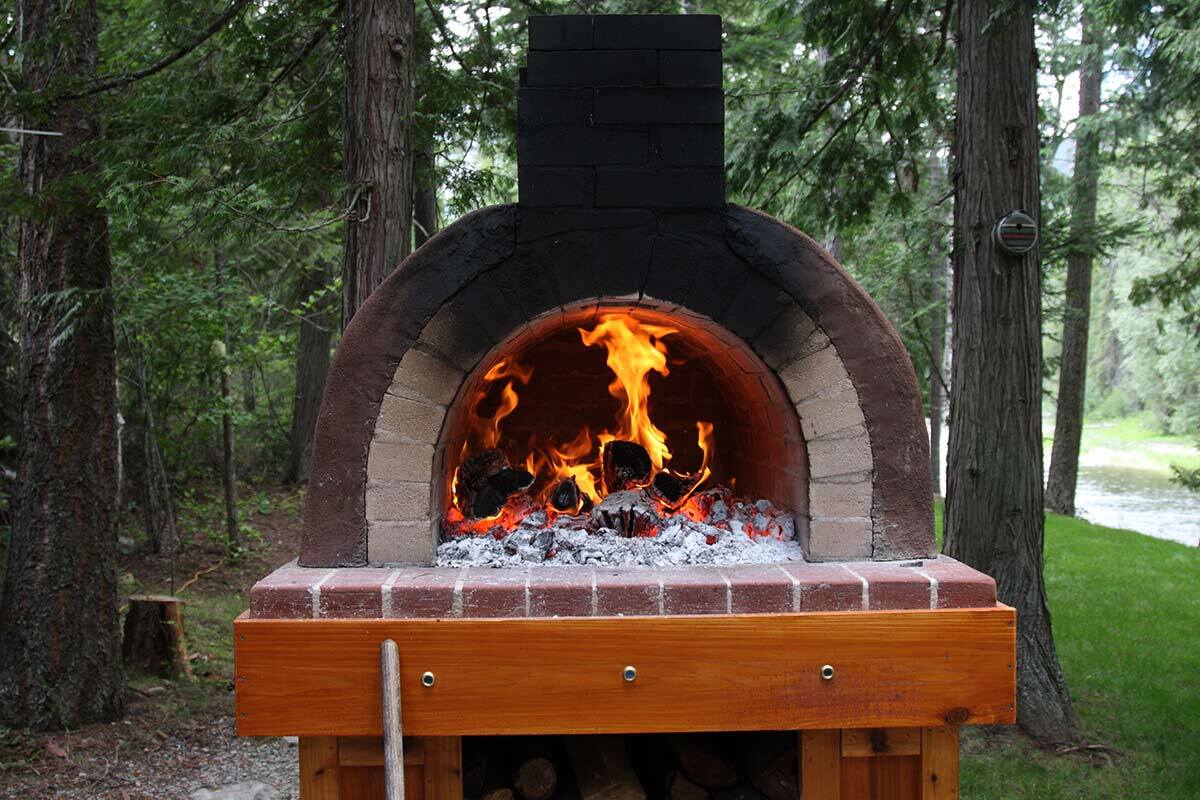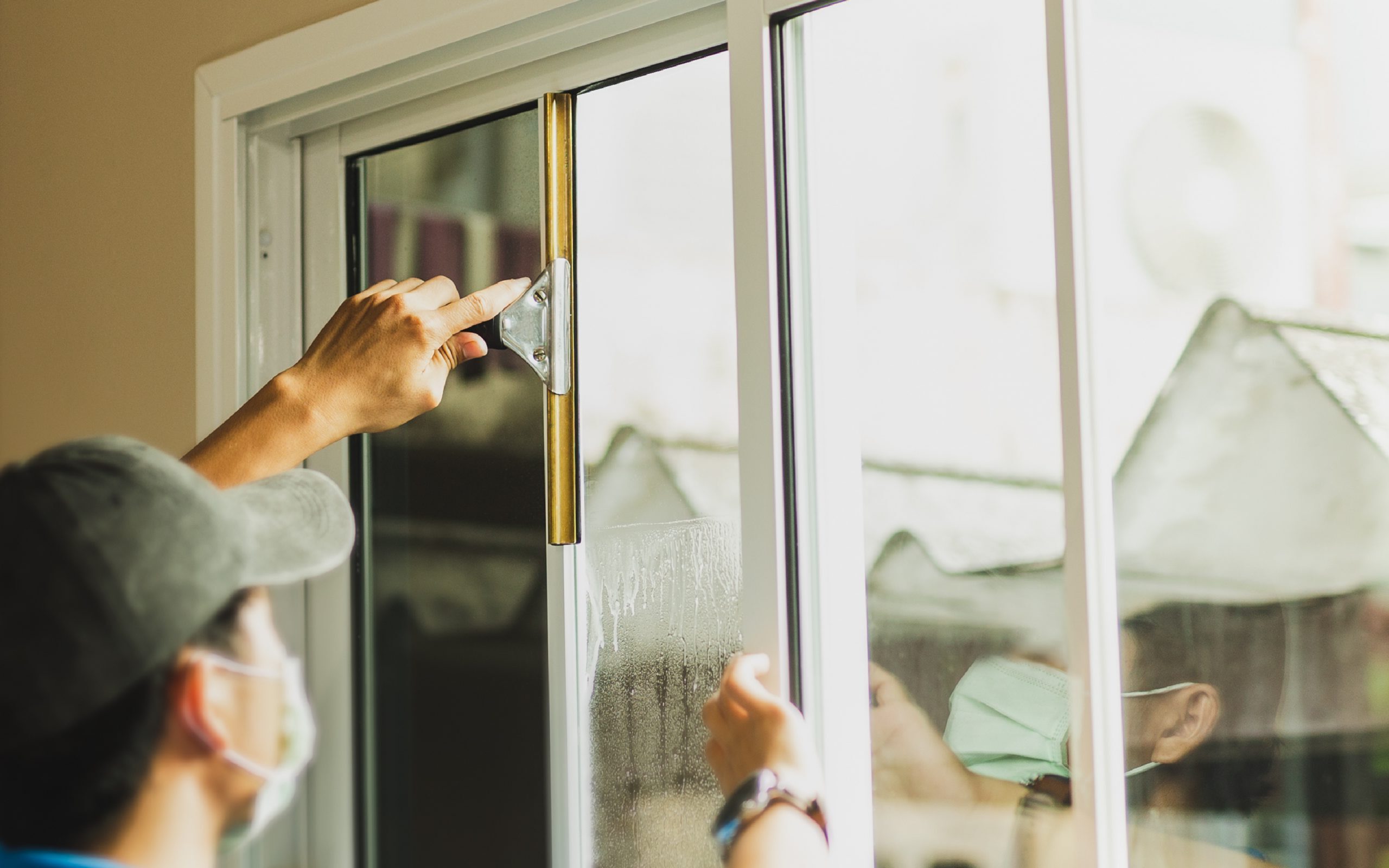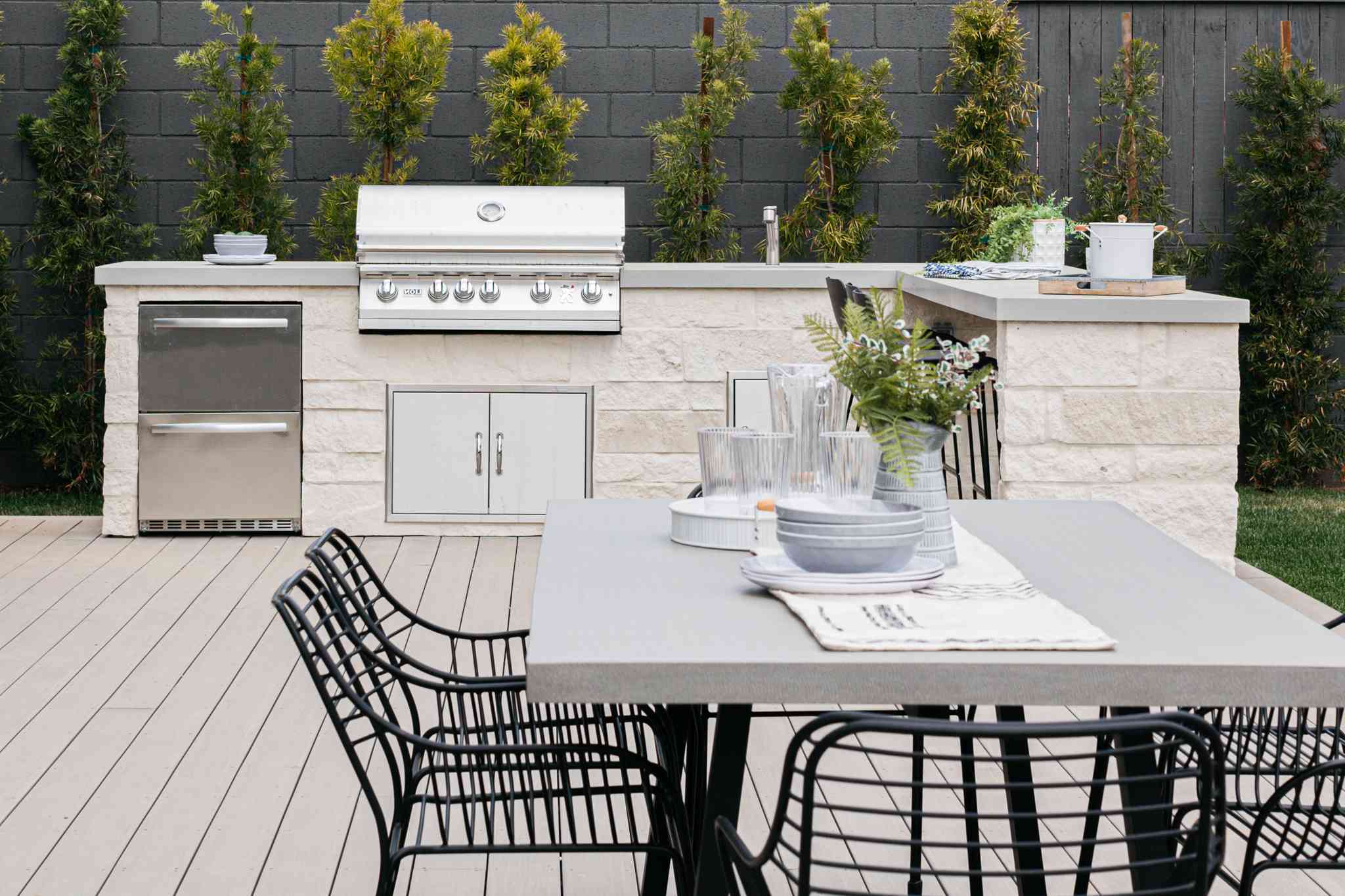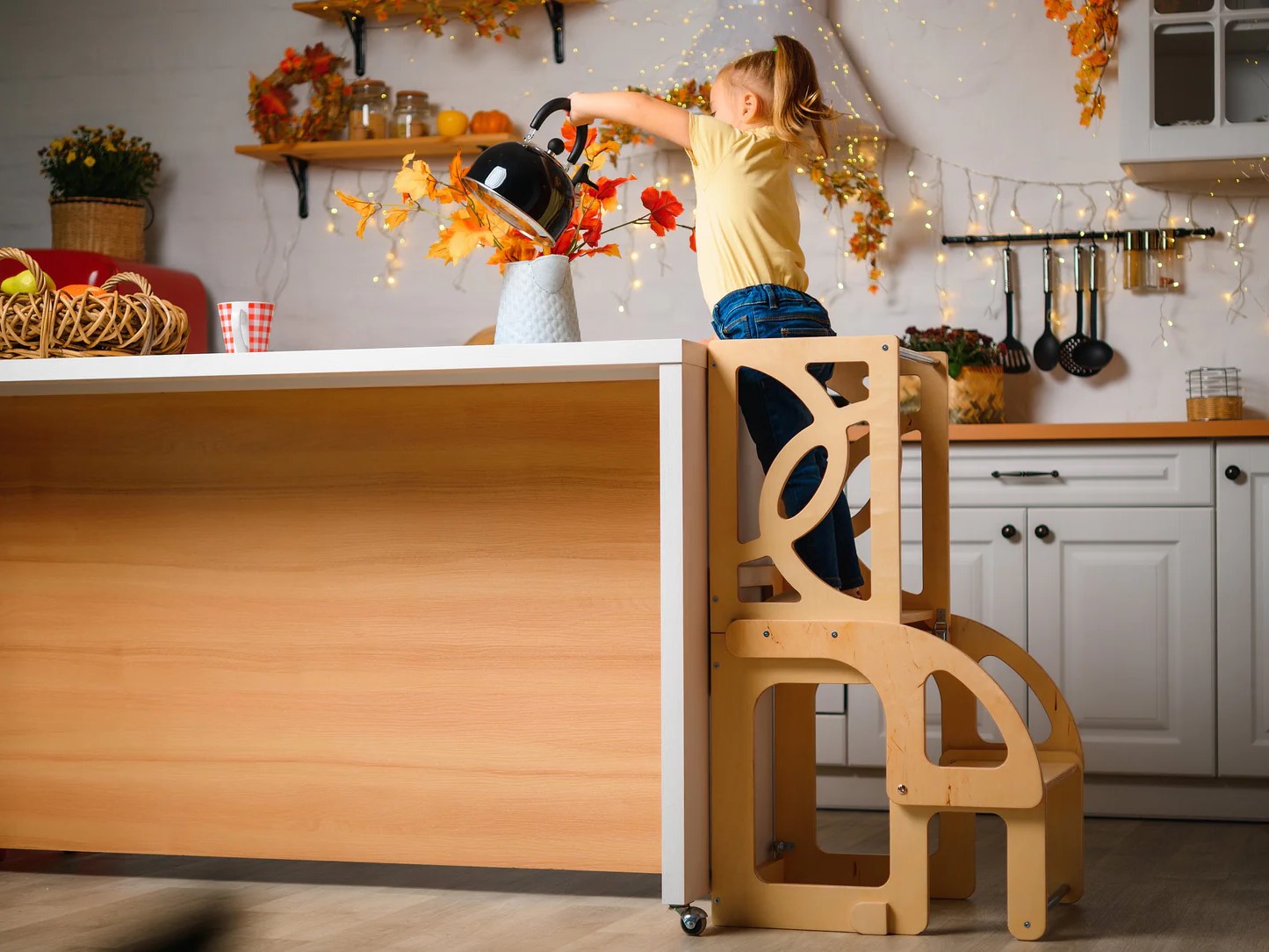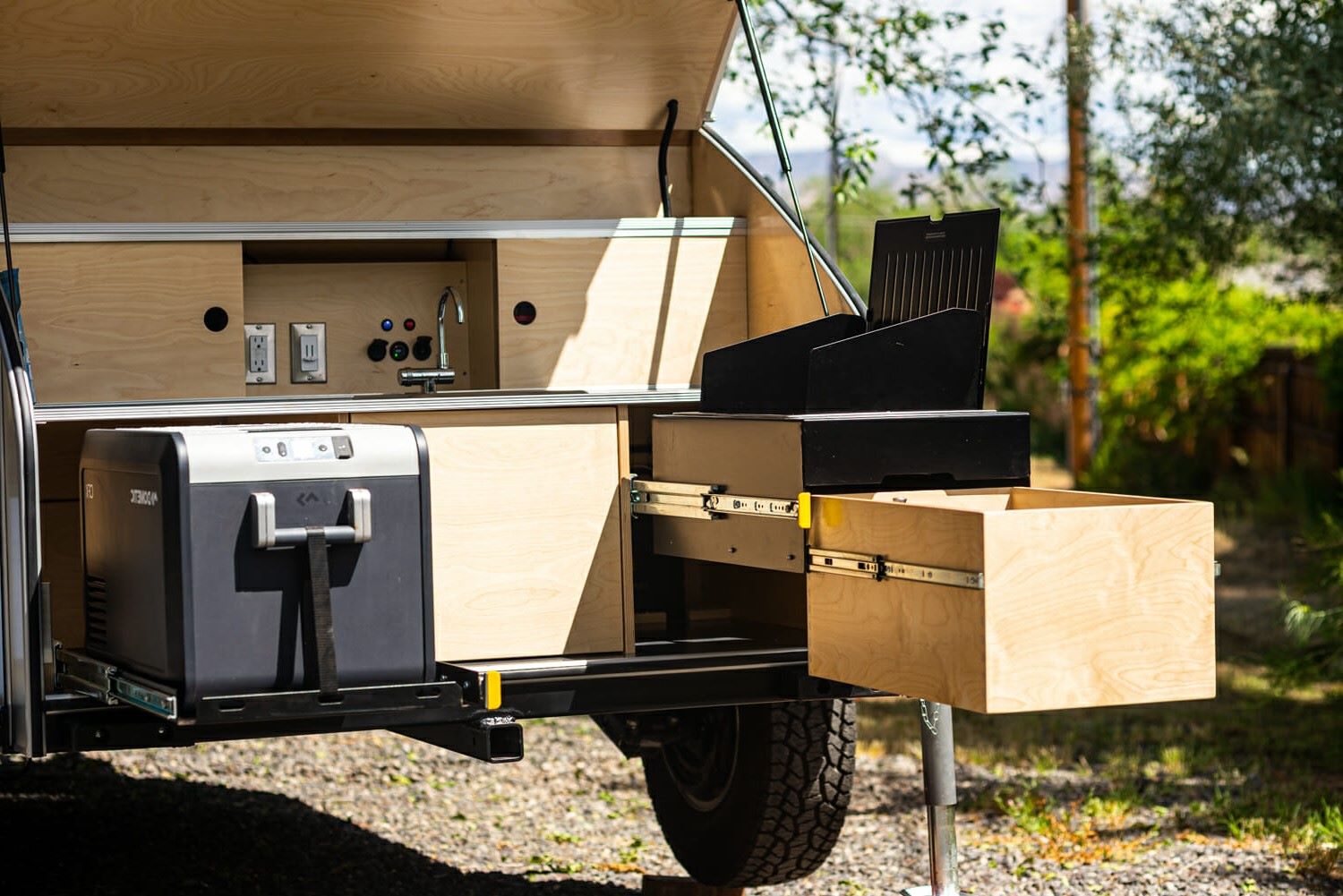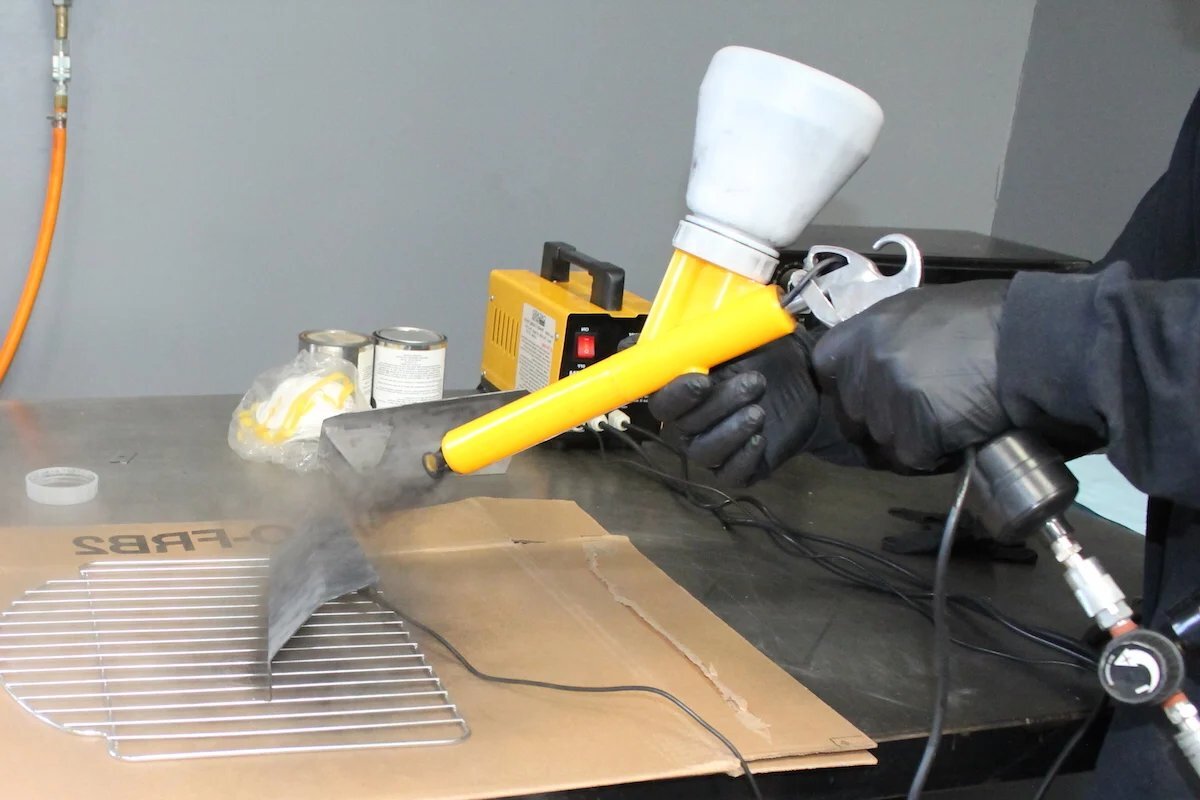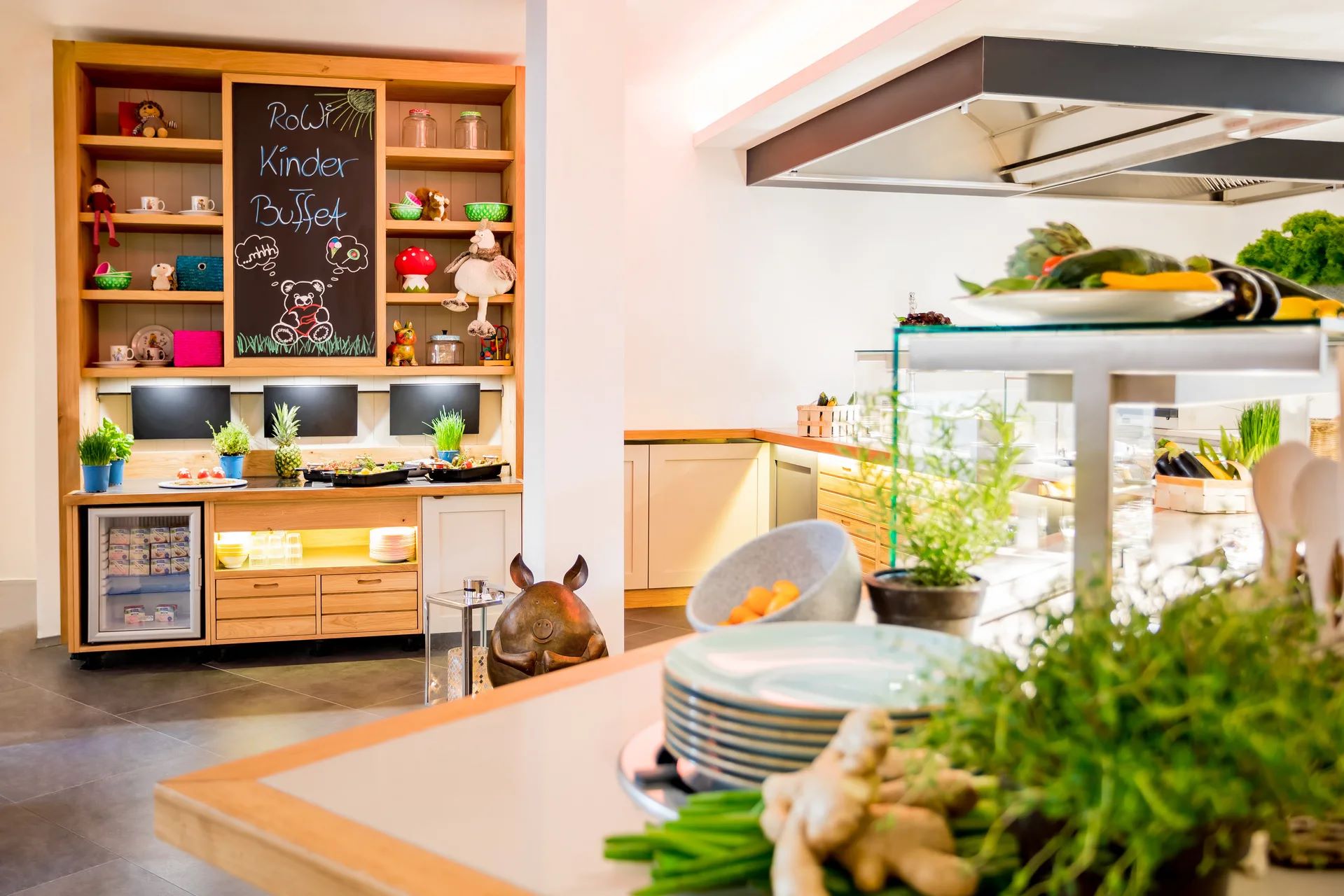Home>Create & Decorate>DIY & Crafts>DIY Solar Oven: Harnessing The Power Of The Sun For Cooking
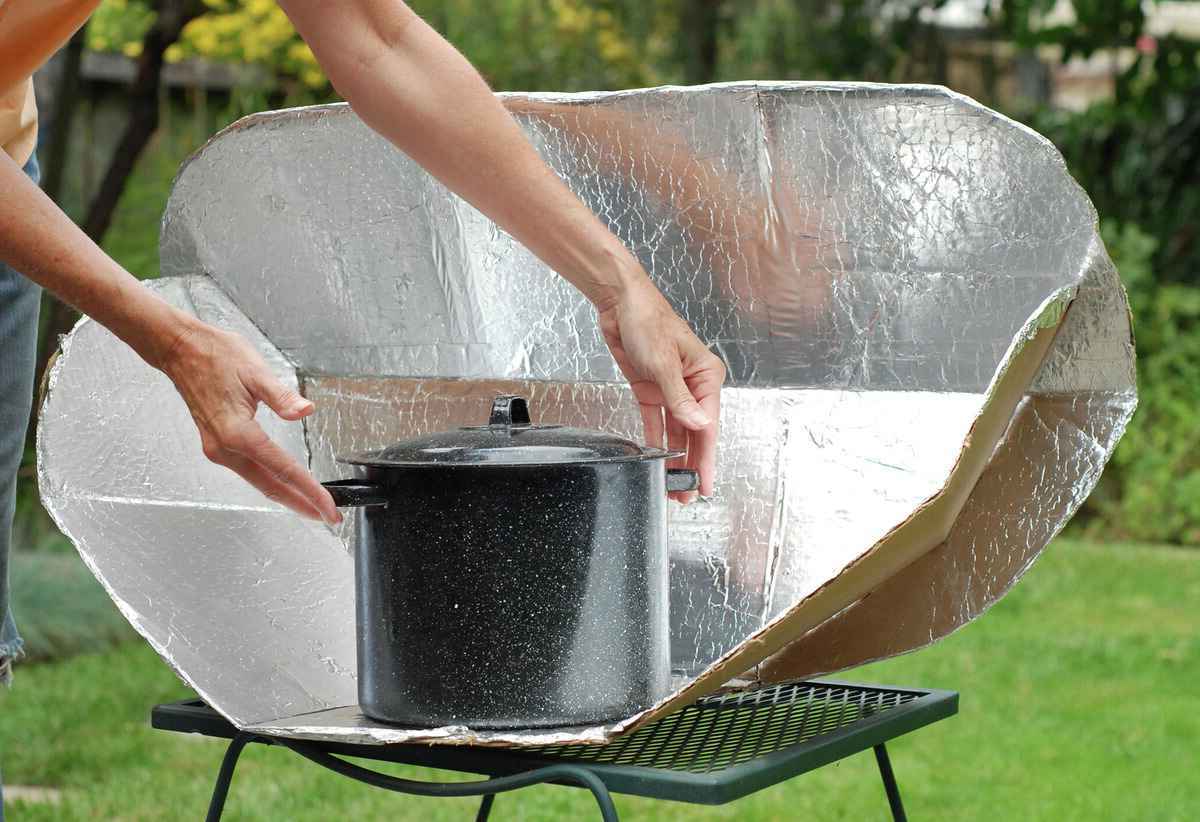

DIY & Crafts
DIY Solar Oven: Harnessing The Power Of The Sun For Cooking
Published: February 25, 2024

Senior Editor in Create & Decorate, Kathryn combines traditional craftsmanship with contemporary trends. Her background in textile design and commitment to sustainable crafts inspire both content and community.
Discover how to build a DIY solar oven and cook delicious meals using the power of the sun. Explore fun and eco-friendly DIY & Crafts projects.
(Many of the links in this article redirect to a specific reviewed product. Your purchase of these products through affiliate links helps to generate commission for Twigandthistle.com, at no extra cost. Learn more)
Introduction
Welcome to the world of DIY solar ovens, where the power of the sun is harnessed to create a sustainable and eco-friendly cooking experience. Imagine being able to cook delicious meals using nothing but the natural energy of the sun. This innovative approach to cooking not only reduces your carbon footprint but also allows you to enjoy the great outdoors while preparing your favorite dishes.
In this comprehensive guide, we will delve into the fascinating realm of solar ovens, exploring how they work, the materials needed to build one, and the step-by-step process of constructing your very own solar oven. Additionally, we will provide valuable tips for using your solar oven effectively and highlight the numerous benefits of embracing this alternative cooking method.
So, whether you're an avid outdoor enthusiast, a sustainability advocate, or simply someone intrigued by the concept of solar cooking, this guide is your gateway to unlocking the potential of harnessing solar power for culinary endeavors. Get ready to embark on a journey that combines ingenuity, environmental consciousness, and the joy of creating delicious meals using the abundant energy of the sun.
Understanding Solar Ovens
A solar oven, also known as a solar cooker, is a device that utilizes the sun's energy to cook food. It operates on the principle of converting sunlight into heat, which is then trapped and used for cooking. This ingenious invention harnesses the power of solar radiation, making it an eco-friendly and sustainable alternative to traditional cooking methods.
Solar ovens come in various designs, but they all share the same basic components: a reflective surface to capture sunlight, an insulated container to retain heat, and a transparent cover to allow sunlight to enter while preventing heat from escaping. The reflective surface, often made of materials like aluminum foil or reflective panels, directs sunlight into the oven, where it is converted into heat energy.
The insulated container, typically constructed from materials such as cardboard, foam, or metal, serves to trap the heat generated by the sunlight. This insulation prevents the heat from dissipating, creating a hot environment suitable for cooking. The transparent cover, usually made of glass or plastic, allows sunlight to enter the oven while minimizing heat loss, much like a greenhouse.
Solar ovens can reach temperatures sufficient for cooking a wide range of foods, including vegetables, grains, and even meats. While the cooking times may be longer compared to conventional methods, the gentle, slow cooking process often results in enhanced flavors and nutrient retention.
Understanding the principles behind solar ovens empowers individuals to embrace sustainable cooking practices and reduce their reliance on non-renewable energy sources. By harnessing the abundant energy of the sun, solar ovens offer a practical solution for communities facing energy scarcity and environmental challenges.
In the next section, we will explore the materials needed to construct a solar oven, providing a detailed overview of the components required to embark on this exciting DIY project.
Materials Needed
Building a solar oven requires a selection of materials that are readily available and relatively inexpensive. By gathering these items, you can embark on the rewarding journey of constructing your own solar-powered cooking device. Here's a detailed list of the materials needed to bring your DIY solar oven to life:
Reflective Material:
- Reflective material is essential for capturing and directing sunlight into the solar oven. Aluminum foil, reflective Mylar, or reflective panels can be used to create the reflective surface. These materials efficiently concentrate sunlight, maximizing the heat generated within the oven.
Insulating Material:
- Insulation is crucial for retaining the heat generated by the sunlight. Common insulating materials include cardboard, foam board, or even recycled materials such as newspapers or shredded paper. The insulating layer helps maintain a consistent and elevated temperature within the solar oven, facilitating efficient cooking.
Read more: How to Build a Solar Window Heater
Transparent Cover:
- A transparent cover allows sunlight to enter the solar oven while minimizing heat loss. Glass or heat-resistant plastic can be used to construct the cover, enabling the passage of sunlight while creating a greenhouse effect within the oven. This cover plays a vital role in trapping heat and creating the ideal cooking environment.
Cardboard or Wood for Structure:
- Building the frame and structure of the solar oven requires sturdy yet lightweight materials. Cardboard or wood can be used to create the outer shell of the oven, providing support for the reflective and insulating layers. These materials are easily customizable and allow for the construction of various solar oven designs.
Adhesive and Fasteners:
- Adhesive materials such as glue, tape, or silicone sealant are essential for assembling the components of the solar oven. Additionally, fasteners such as screws, nuts, and bolts may be required to secure the structural elements and ensure the durability of the oven.
Cooking Containers:
- Heat-resistant pots or pans suitable for solar cooking are necessary for preparing food within the solar oven. Dark-colored cookware, such as black metal pots, helps absorb and retain heat, optimizing the cooking process.
Read more: How to Build Solar Panel Roof Mounts
Thermometer (Optional):
- While not essential, a thermometer can be beneficial for monitoring the internal temperature of the solar oven. This allows for precise control of the cooking environment, ensuring that the oven reaches and maintains the desired temperature for efficient food preparation.
By gathering these materials, you will have everything needed to embark on the construction of your very own solar oven. The next section will guide you through the step-by-step process of building and customizing your solar oven, bringing you one step closer to experiencing the wonders of solar-powered cooking.
Building Your Solar Oven
Building your solar oven is an exciting and rewarding DIY project that allows you to harness the power of the sun for cooking. By following these step-by-step instructions, you can create a functional solar oven using simple materials and basic tools. Let's dive into the process of constructing your solar oven:
Step 1: Design and Preparation
Begin by selecting a design for your solar oven. Common designs include the box oven, panel cooker, or parabolic cooker. Once you've chosen a design, gather all the necessary materials as outlined in the previous section. Ensure that you have a well-ventilated workspace and the required tools, such as scissors, a utility knife, and a ruler.
Step 2: Constructing the Frame
Using cardboard or wood, construct the frame of the solar oven according to your chosen design. Cut the material to the appropriate dimensions and assemble the pieces using adhesive or fasteners. The frame provides the structure for the reflective and insulating layers of the solar oven.
Read more: How to Make DIY Solar Screens
Step 3: Applying the Reflective Material
Cover the interior panels of the frame with the selected reflective material, such as aluminum foil or reflective Mylar. Ensure that the reflective surface is smooth and free of wrinkles to maximize sunlight reflection into the oven. This step is crucial for capturing and directing sunlight into the cooking chamber.
Step 4: Adding the Insulation
Line the interior of the frame with the chosen insulating material, such as cardboard or foam board. The insulation helps retain the heat generated by the sunlight, creating a consistent and elevated temperature within the solar oven. Secure the insulating layer to the frame using adhesive to prevent heat loss.
Step 5: Installing the Transparent Cover
Construct a transparent cover using glass or heat-resistant plastic to fit the opening of the solar oven. The cover allows sunlight to enter while trapping heat, creating a greenhouse effect within the oven. Attach the cover to the frame, ensuring a snug and secure fit to minimize heat loss.
Step 6: Testing and Customization
Before using the solar oven for cooking, perform a test to gauge its performance. Place a thermometer inside the oven and position it in direct sunlight. Monitor the internal temperature to ensure that the oven reaches the desired cooking temperature. Make any necessary adjustments to optimize the oven's performance.
By following these steps, you can successfully build your solar oven and customize it to suit your cooking needs. With your solar oven ready for use, you are now equipped to embark on a culinary adventure powered by the abundant energy of the sun. Enjoy the process of creating delicious meals while embracing sustainable and eco-friendly cooking practices.
Tips for Using Your Solar Oven
Now that you have successfully constructed your solar oven, it's time to explore the best practices for using this innovative cooking device. Mastering the art of solar cooking involves understanding the unique characteristics of solar ovens and optimizing their performance to achieve delicious results. Here are valuable tips to enhance your solar cooking experience:
-
Optimal Placement: Position your solar oven in an area with ample sunlight. Choose a location that receives direct sunlight for the majority of the day, ensuring maximum exposure to solar radiation. Regularly adjust the orientation of the oven to track the sun's movement and maintain optimal sunlight absorption.
-
Preheating: Preheat your solar oven before placing food inside. This allows the oven to reach the desired cooking temperature, reducing the overall cooking time. Preheating also ensures a consistent and stable cooking environment, enhancing the efficiency of the solar cooking process.
-
Food Preparation: Consider the type of food you intend to cook and prepare it accordingly. Chop vegetables into uniform sizes, marinate meats, and utilize dark-colored cookware to maximize heat absorption. By preparing food thoughtfully, you can optimize the solar oven's cooking capabilities and achieve flavorful results.
-
Patience and Timing: Solar cooking is a gentle and gradual process, requiring patience and precise timing. Plan your meals with ample cooking time, allowing the solar oven to work its magic at a leisurely pace. Embrace the unhurried nature of solar cooking and savor the anticipation of a delicious, sun-kissed meal.
-
Monitoring and Adjustments: Keep an eye on the internal temperature of the solar oven throughout the cooking process. Use a thermometer to monitor the heat levels and make adjustments as needed to maintain the ideal cooking temperature. This proactive approach ensures consistent and thorough cooking results.
-
Weather Considerations: Be mindful of weather conditions that may impact solar cooking. Cloud cover, wind, and ambient temperature can influence the performance of the solar oven. Plan your solar cooking endeavors on clear, sunny days to optimize the oven's efficiency and cooking capabilities.
-
Experimentation and Adaptation: Embrace experimentation and adaptability when using your solar oven. Explore different recipes, cooking times, and food combinations to discover the versatility of solar cooking. By adapting to the nuances of solar oven cooking, you can unlock a world of culinary possibilities.
By incorporating these tips into your solar cooking routine, you can maximize the potential of your solar oven and elevate your outdoor culinary adventures. Embrace the simplicity and sustainability of solar cooking while relishing the delightful flavors of sun-cooked meals. With these insights, you are well-equipped to embark on a fulfilling journey of solar-powered culinary creativity.
Benefits of Using a Solar Oven
Using a solar oven offers a myriad of compelling benefits that extend beyond the realm of culinary convenience. Let's explore the remarkable advantages of embracing solar-powered cooking:
1. Environmental Sustainability
Solar ovens are a sustainable and eco-friendly cooking solution. By harnessing the natural energy of the sun, solar ovens significantly reduce reliance on non-renewable energy sources. This sustainable approach minimizes carbon emissions and contributes to a healthier environment, making solar cooking an impactful choice for eco-conscious individuals and communities.
2. Energy Efficiency
Solar ovens operate without the need for electricity or gas, making them exceptionally energy-efficient. By utilizing solar radiation as a free and abundant energy source, solar ovens offer a renewable alternative to conventional cooking methods. This energy efficiency not only reduces utility costs but also promotes energy independence and resilience, particularly in off-grid or resource-constrained settings.
3. Cost Savings
Embracing solar cooking can lead to substantial cost savings over time. With minimal ongoing expenses once the solar oven is constructed, individuals can enjoy the benefits of reduced energy bills and lower cooking-related expenditures. The long-term financial savings associated with solar ovens make them an economically viable and sustainable investment for households and communities.
4. Health and Safety
Solar ovens promote healthier cooking practices by eliminating the need for open flames or combustible fuels. This significantly reduces the risks associated with indoor air pollution and fire hazards, particularly in regions where traditional cooking methods pose health and safety concerns. Solar cooking provides a safer and cleaner cooking environment, benefiting the well-being of individuals and families.
5. Disaster Resilience
In disaster-prone or emergency situations, solar ovens offer a reliable and resilient cooking solution. Their independence from external energy sources makes them invaluable for preparing meals during power outages or natural disasters. Solar ovens empower individuals to maintain access to hot meals and potable water, enhancing their resilience in challenging circumstances.
6. Community Empowerment
Solar ovens have the potential to empower communities by providing a sustainable and accessible cooking technology. In regions with limited access to conventional energy sources, solar cooking can improve food security, reduce energy poverty, and foster self-sufficiency. By sharing knowledge and resources related to solar ovens, communities can embrace a more sustainable and resilient approach to food preparation.
Read more: DIY RV Roof Shade Ideas
7. Culinary Versatility
Beyond their environmental and practical advantages, solar ovens offer a unique culinary experience. The gentle, slow cooking process enhances flavors and textures, resulting in delectable and nutritious meals. Solar cooking encourages creativity in the kitchen, allowing individuals to explore diverse recipes and cooking techniques while enjoying the natural infusion of sun-kissed flavors.
By embracing the benefits of using a solar oven, individuals and communities can embark on a journey towards sustainable, efficient, and flavorful culinary experiences. The remarkable advantages of solar cooking extend far beyond the kitchen, shaping a brighter and more sustainable future for all.
Conclusion
In conclusion, the world of DIY solar ovens offers a compelling blend of sustainability, innovation, and culinary delight. By harnessing the abundant energy of the sun, individuals can embark on a journey of eco-friendly cooking, embracing the numerous benefits of solar-powered culinary experiences.
The process of understanding, building, and utilizing a solar oven not only fosters a deeper connection with sustainable living but also empowers individuals to take proactive steps towards reducing their environmental impact. The principles behind solar ovens, from capturing sunlight to creating a conducive cooking environment, exemplify the ingenuity of leveraging natural resources for practical solutions.
As individuals construct their solar ovens using simple materials and basic tools, they are not only engaging in a rewarding DIY project but also contributing to a more sustainable future. The act of gathering reflective materials, insulating layers, and transparent covers symbolizes a commitment to embracing renewable energy sources and reducing reliance on non-renewable resources.
Furthermore, the tips for using a solar oven provide valuable insights into optimizing the solar cooking experience, encouraging individuals to approach solar oven cooking with patience, adaptability, and creativity. The benefits of using a solar oven extend far beyond the realm of culinary convenience, encompassing environmental sustainability, energy efficiency, cost savings, health and safety, disaster resilience, community empowerment, and culinary versatility.
By embracing the simplicity and effectiveness of solar cooking, individuals can play a part in shaping a more sustainable and resilient future. Whether it's preparing meals in an off-grid setting, reducing carbon emissions, or promoting healthier cooking practices, the impact of solar ovens transcends individual actions, contributing to a collective movement towards sustainable living.
In essence, the journey of DIY solar ovens is a testament to the transformative power of harnessing natural energy for practical and meaningful purposes. It represents a harmonious fusion of innovation, sustainability, and culinary creativity, inviting individuals to savor the flavors of sun-cooked meals while embracing a more sustainable approach to everyday living.
As the sun continues to shine as a boundless source of energy, the potential of solar ovens remains a beacon of hope for a brighter, more sustainable future. With each solar-cooked meal, individuals can celebrate the fusion of nature's abundance and human ingenuity, knowing that they are contributing to a more sustainable and flavorful world for generations to come.


